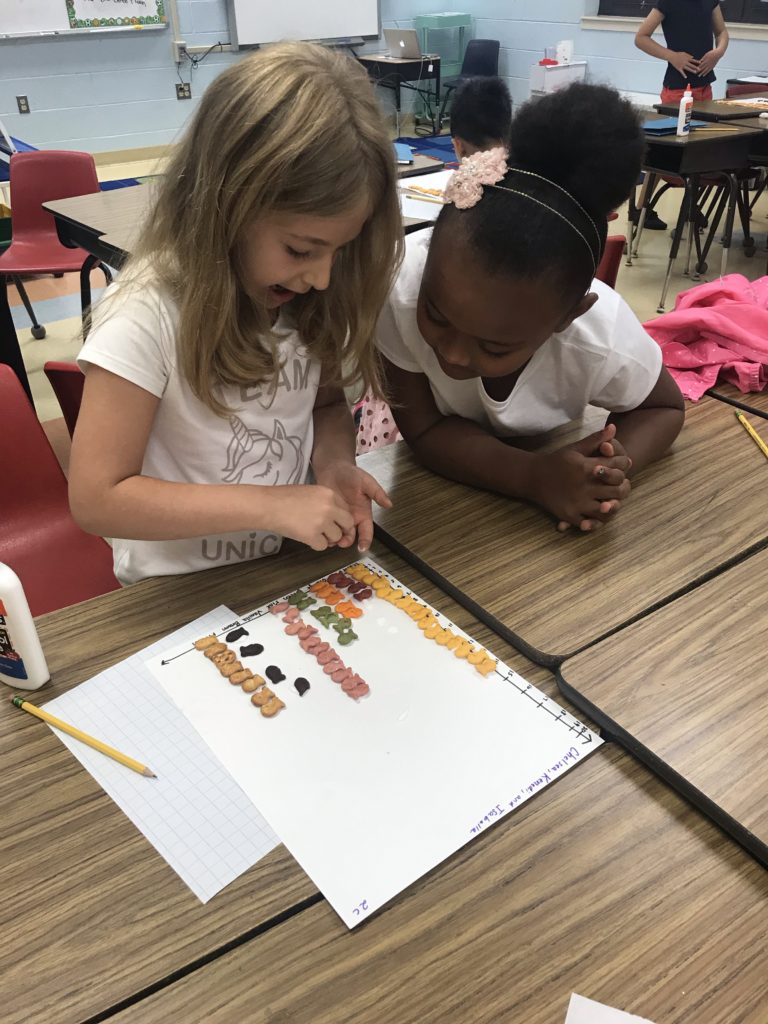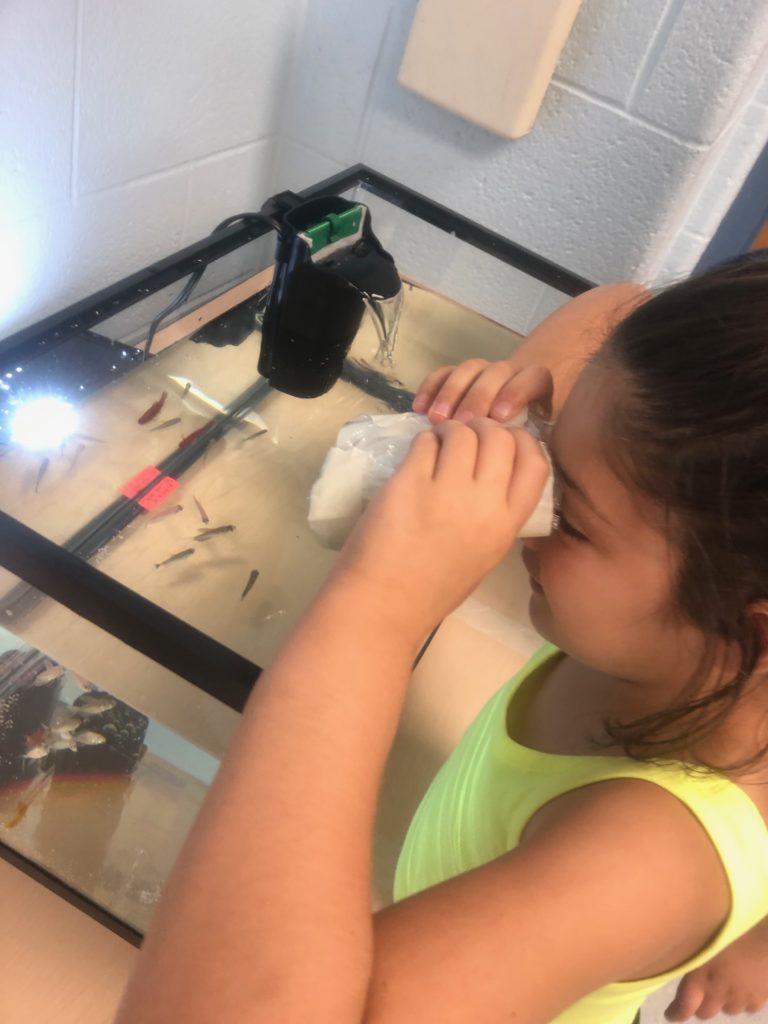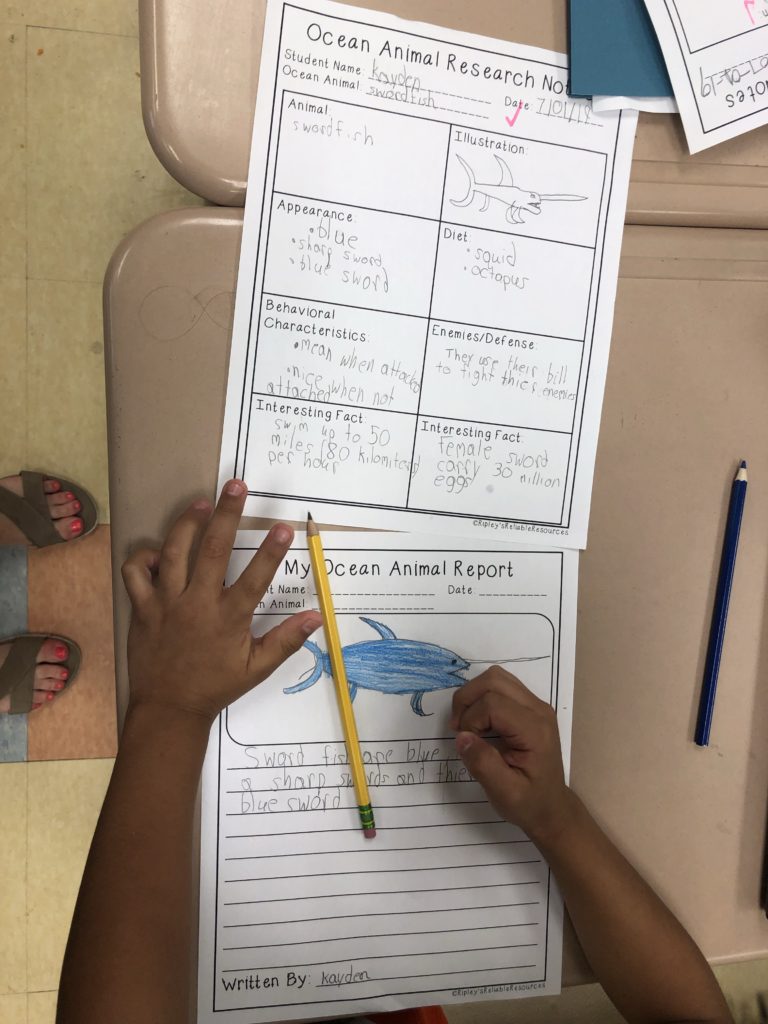This year Rutherford Public Schools introduced a Summer Enrichment Academy to provide students with academic experiences based on gifted and talented teaching principles. Students attend class from 8:30- 12:30 p.m. and engage in thematic units using hands-on exploration. Students investigate a topic for the week. The first topic, “Under the Sea” was a splash! Students swam through the first week! They dove in head first learning about what can be found “Under the Sea.” In Reading, students used their strategies to identify main idea, problem & solution, story elements, cause and effect, and non-fiction text features while reading about fish care, water pollution, coral reefs and ocean dangers. Making coral reef rock candy was a sweet treat!
In writing, students became researchers and researched various sea life. They used graphic organizers to collect their research. They wrote research reports and used the Chromebooks to type their final copies. As a class, the students painted a mural of all the sea life they studied. Our tech savvy students attached a QR Code to their pictures so other students could “click and see” their research.
During math, students applied their basic math facts to determine the cost of setting up a fish tank. Students then calculated the volume of each fish tank using cups, pints, quarts and gallons. Then they figured out the correct fish to water ratio. Can you guess how many fish can go into a 10 gallon fish tank? Ask your child! The class practiced their problem solving skills by solving real life word problems. Finally, students had the opportunity to observe the fish in their tanks and created a list of attributes (color, size, shape). Using different types of goldfish, students sorted and classified according to their attributes and created a graph to display their data.
In social studies students identified and located on a map the oceans of the world. They discussed the causes of water pollution and brainstormed possible solutions to the problem. Students created posters encouraging others to help stop water pollution. Last, but certainly not least, in science class the students practiced making informed decisions on the best fish tank set up. They used multiple resources to form a hypothesis about what tank setup was the best. They chose from sand, gravel, rocks or just plain water! They examined the differences between fresh and saltwater. Students compiled a shopping list of materials to set up their class aquarium. They had a blast setting up the different fish tanks and observing the fish as they were introduced into their new environments!




